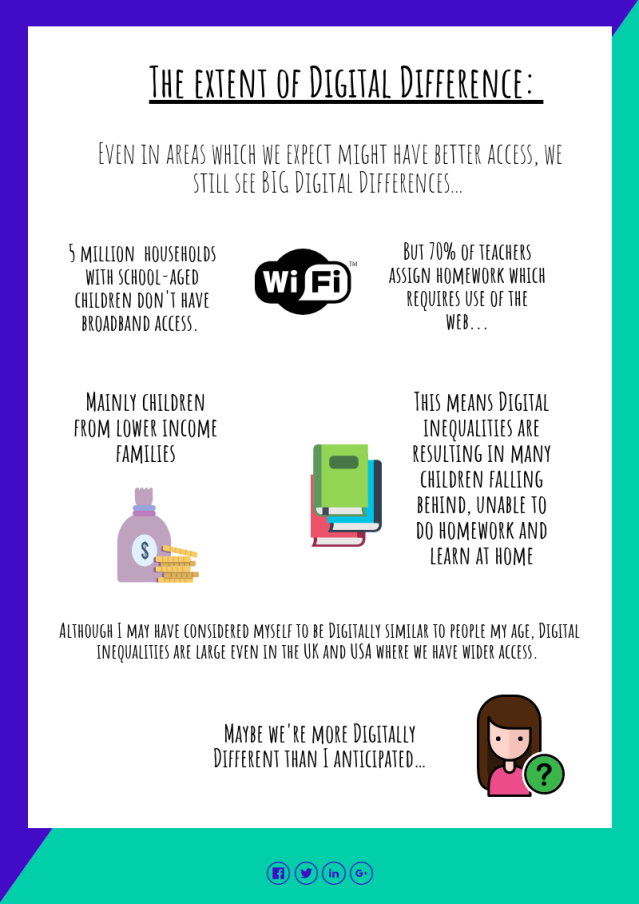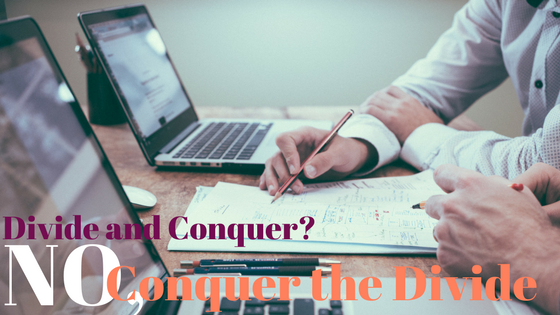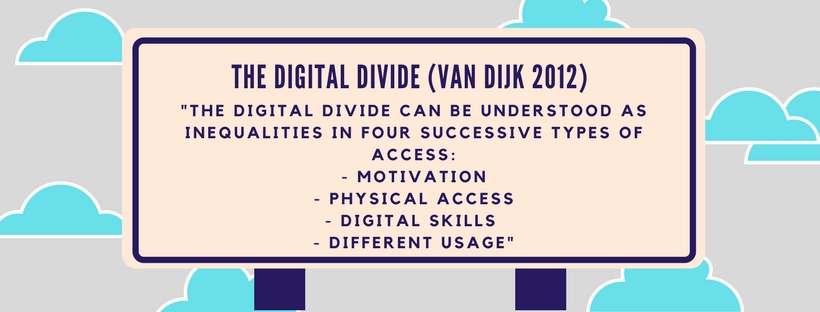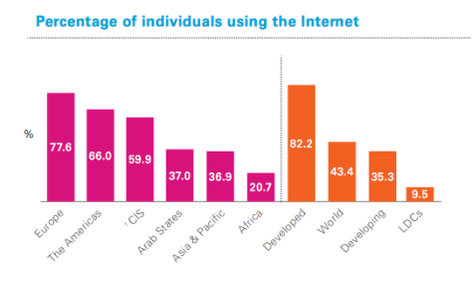
Reflecting on Digital Differences
When I first reflected on my Digital Differences, I assumed I was Digitally similar to people my age living in developed countries, I assumed personal factors were the main thing that might make me Digitally Different…
But Phoebe’s comment and recommended article on my blog revealed the extent to which Macro factors have a role, even in developed countries…
What I learnt from Phoebe’s blog and the article (The Edvocate, 2017).
Continue reading →








